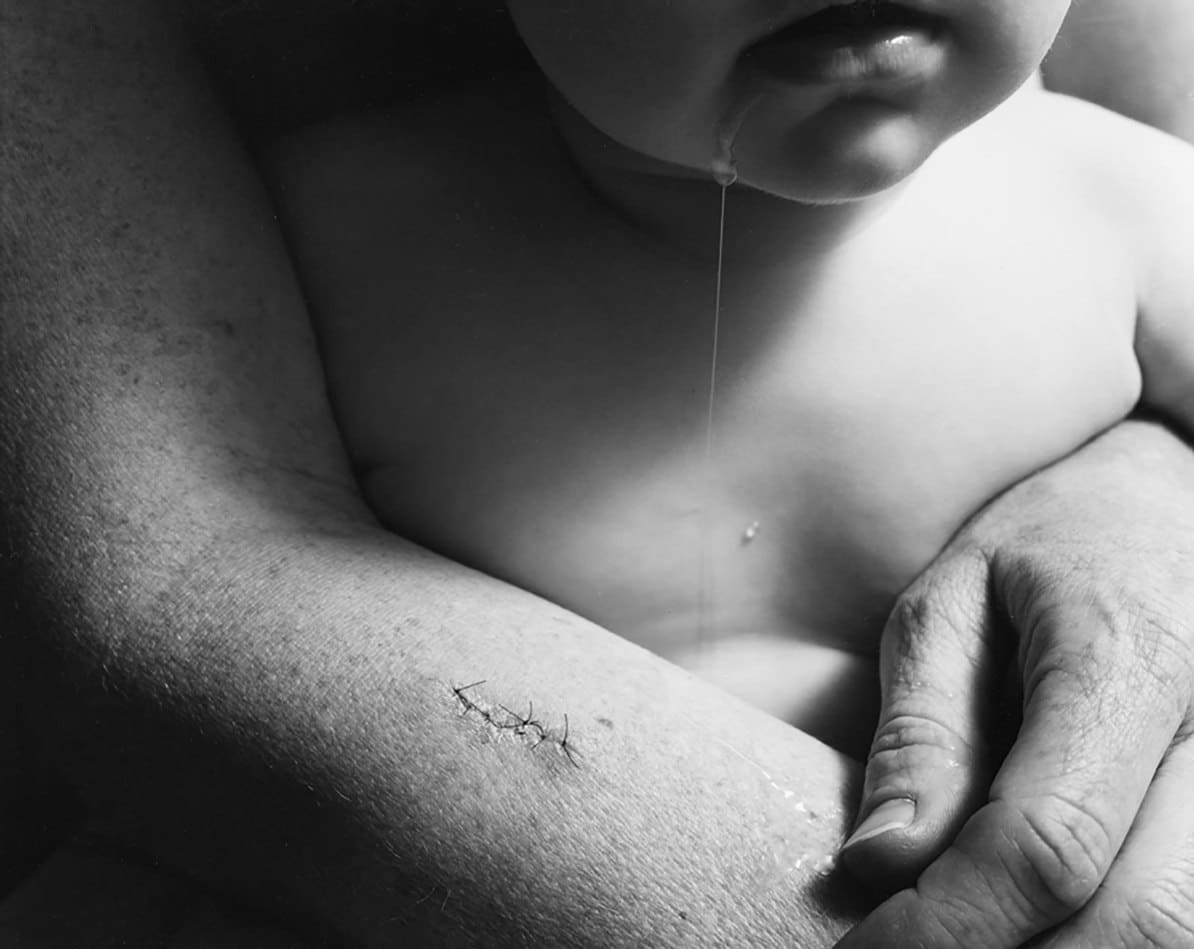Nicholas Nixon
SEP.14.2017 ──────── JAN.07.2018

Clementine and Bebe, Cambridge 1986
Gelatin silver copy, contact
©Nicholas Nixon. Courtesy of the Fraenkel Gallery, San Francisco
Exhibition
SEP.14.2017 ── JAN.07.2018
Location
Bárbara de Braganza Exhibition Hall
Bárbara de Braganza, 13. 28004 Madrid
This exhibition is produced by Fundación MAPFRE and curated by Carlos Gollonet, chief photography curator at Fundación MAPFRE.
Collection: A collection is the background of the gaze > that forms it, and also history, in this specific case of photography of the 20th century. We get a glimpse of the evolution of creativity of the human being, and the extraordinary adventure that has involved the way of portraying ourselves over time.
Cities: Portrayal of street life, reflecting one of the most dynamic traditions of photography in the 20th century, scenes where the theater of life is truly developed. Some of the artists found in this section are Walker Evans, Lisette Model, John Gutmann, Helen Levitt, Joan Colom, Harry Callahan, Diane Arbus, Alberto García Alix, Garry Winogrand and Robert Adams.
Communities: Focus is made on artists, who like Paul Strand, portray communities, people,human groups. In some of them, we shall discover social implications such as the work by Fazal Sheikh and Cristina García Rodero, and also artists when the portrait becomes a personal search, like Dayanita Singh or Jitka Hanzlová.
Artists and models: At the end of the 20th century the artist studio and inside places took on renewed vitality . This is the key point of the last section of this exhibition, which includes a selection of self-portraits, present in photography from the start, and which have always given the artist the possibility of constructing their own image.
Coming soon




